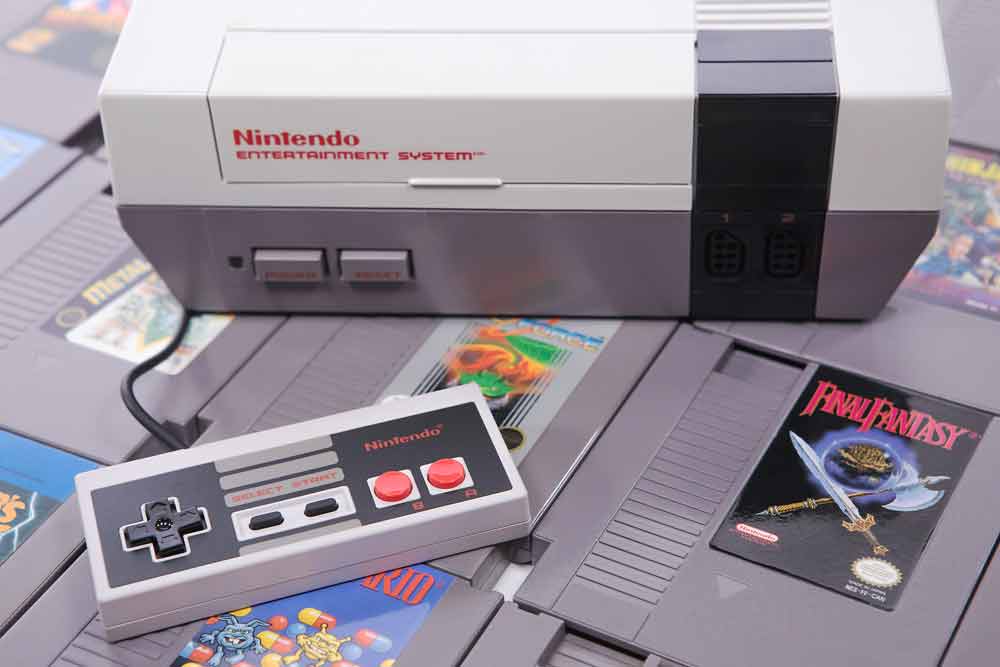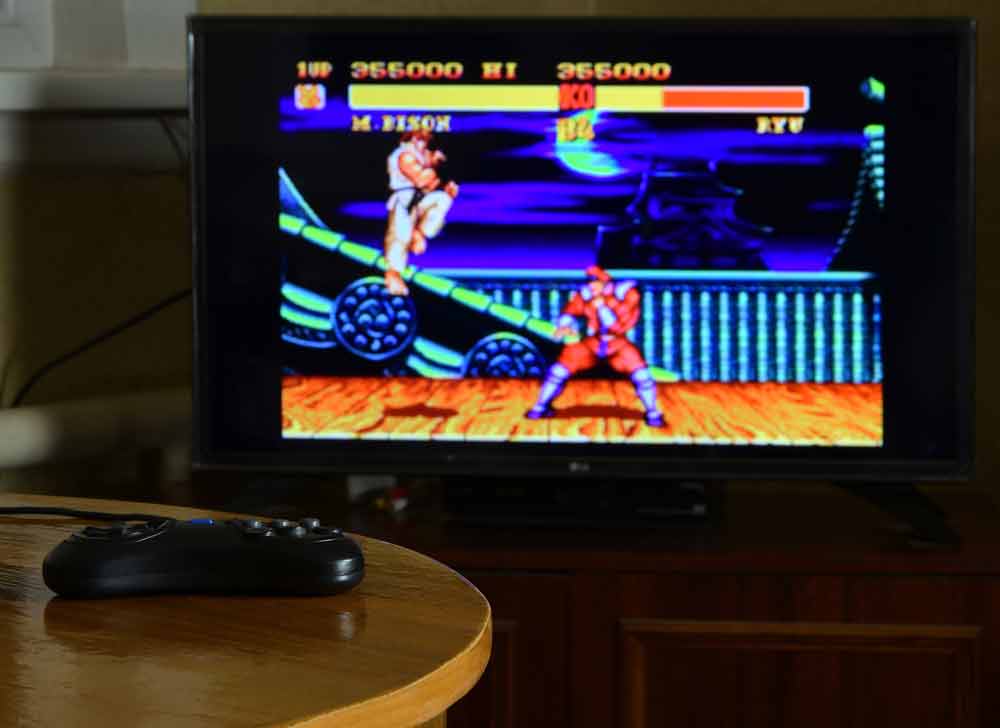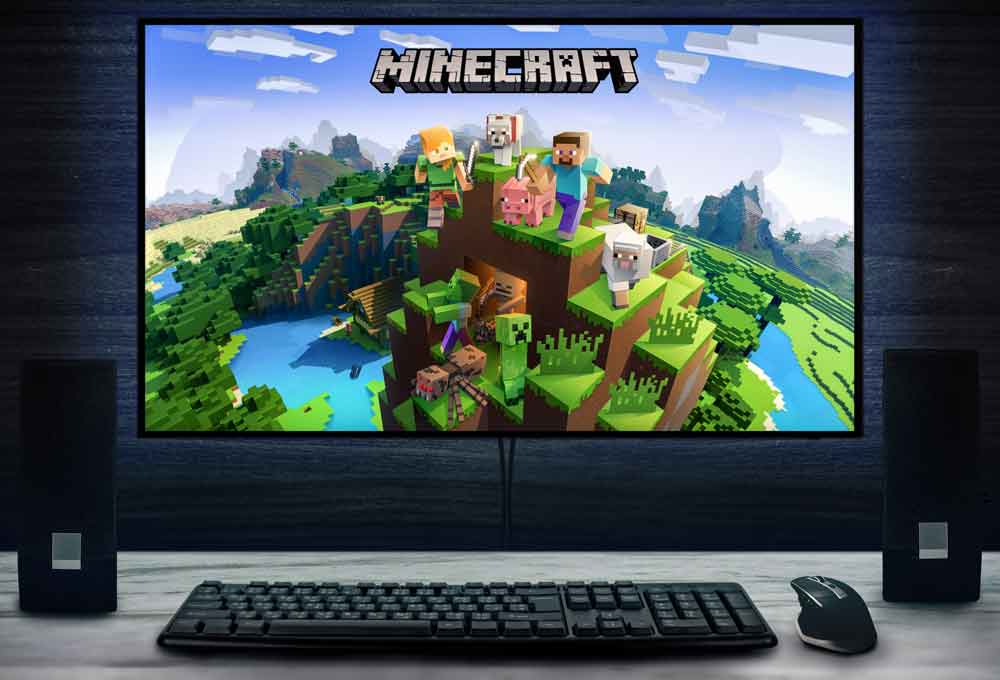Once a fringe pastime, video games have become a cornerstone of modern entertainment. This evolution reflects decades of technological advancement and shifting cultural landscapes.
It all started in the 1950s as lab experiments, such as A. S. Douglas’ OXO in 1952 and Steve Russell’s Spacewar! in 1962. The game industry established itself in the 1970s, primarily through arcades and early home consoles. Iconic games like Pong and Space Invaders introduced the public to the concept of digital entertainment. These simple yet revolutionary games laid the groundwork for a new industry, offering a glimpse into the potential of interactive media. The success of arcade games in this era was crucial, leading to the development of home gaming systems and establishing the foundation of the gaming culture.
Nintendo Helped Gaming to Rise like a Phoenix from the Ashes
The 1980s saw the rise of home gaming consoles, most notably the Nintendo Entertainment System (NES). This decade witnessed the birth of legendary franchises including Mario and Zelda, which captured players’ imaginations with their engaging worlds and gameplay. However, this era was also marked by the video game crash of 1983, a significant event that reshaped the industry, leading to a greater focus on quality control and game development standards. The crash was marked by a significant drop in video game sales, the collapse of several game companies, and a general loss of consumer confidence in video game products. There was an overabundance of gaming consoles, and the market was flooded with low-quality games, which led to disillusionment among consumers.
If it wasn’t for Nintendo, the gaming industry as we know it might have not survived the crash. In 1985, in the midst of this downturn, Nintendo released the NES in North America. Nintendo took a different approach by ensuring strict quality control of their games, a direct response to one of the causes of the crash. They also introduced a seal of quality on their games, reassuring customers regarding the quality of their products. Nintendo’s strategy paid off, and the NES became extremely popular, leading to a revival of the video game industry.

The Evolution of Classics from 2D to 3D Graphics
The 1990s were a period of rapid technological progress, with significant advancements in graphics and gameplay mechanics. The era of 16-bit consoles showcased memorable 2D games such as Super Mario World and The Legend of Zelda: A Link to the Past, which set new standards for gameplay and storytelling in two dimensions.
As the decade progressed and 32/64-bit consoles emerged, companies like Nintendo, Sega, and Sony entered fierce competition. This period saw the emergence of genre-defining games such as Doom, Street Fighter II, and Pokemon, each expanding the gaming landscape and attracting a wider audience. The 1990s also marked the beginning of 3D gaming, a monumental shift that changed the way games were designed and played. Groundbreaking 3D games like Super Mario 64 and The Legend of Zelda: Ocarina of Time revolutionised game design with their immersive worlds and fluid movement in three-dimensional space.

The 2000s: The Golden Age of Gaming and Online Expansion
The new millennium ushered in the golden age of gaming, with significant developments in online multiplayer experiences and the continued growth of the PC gaming scene. Blockbuster titles like World of Warcraft, Halo, and The Sims dominated this era, showcasing the vast potential of video games as a form of entertainment and social interaction. This period also saw the rise of mobile gaming, which brought interactive entertainment to a broader, more diverse audience than ever before.

Indie Innovation and Mainstream Integration
The 2010s were defined by the rise of independent game developers and the increasing integration of gaming into mainstream culture. Indie games like Minecraft, Undertale, and Celeste offered unique experiences that challenged traditional norms and demonstrated the creativity and diversity within the industry. This decade also saw the expansion of gaming into new platforms, including smartphones and tablets, making gaming more accessible to a wider audience.

A Promising Future
As we venture into the 2020s, we are witnessing the continued evolution of gaming technology, with virtual reality and augmented reality offering new, immersive experiences. Games like Half-Life: Alyx and Pokémon GO are at the forefront of this innovation, pushing the boundaries of what gaming can be. This decade is also seeing advancements in AI and machine learning, shaping more personalised and dynamic gaming experiences, while developments in cloud computing and high-speed internet are facilitating more seamless and accessible gaming experiences, regardless of hardware limitations.
Developers are increasingly acknowledging the importance of representing a broad spectrum of backgrounds, identities, and life experiences. This shift towards inclusivity not only enriches the gaming experience for a wider audience but also reflects the diverse reality of the global player base. Titles like The Last of Us Part II and Horizon Zero Dawn are celebrated for their strong, nuanced characters from various backgrounds, indicating a growing trend towards more inclusive storytelling.
Beyond entertainment, video games are increasingly being recognised for their potential in education, therapy, and skill development. Educational games like Prodigy Math Game and Minecraft: Education Edition are becoming more sophisticated, offering immersive learning experiences that can complement traditional teaching methods. Therapeutic games, such as SPARX, a game designed to help young people with depression, and SuperBetter, which builds personal resilience, are being used to assist in mental health treatment, offering new ways for individuals to engage with therapeutic content. In terms of skill development, games are being used to enhance cognitive abilities, problem-solving skills, and even physical coordination.
The evolution of video games is an ongoing journey of human creativity and technological progress. From their niche beginnings to their status as a mainstream cultural phenomenon, video games have become an integral part of our global cultural fabric. They have transcended entertainment, education, and social interaction. As technology continues to advance, the potential for further innovation and cultural impact in the world of gaming is limitless. One can only imagine what the future holds. By the looks of it, it seems promising.





Comments are closed for this article!